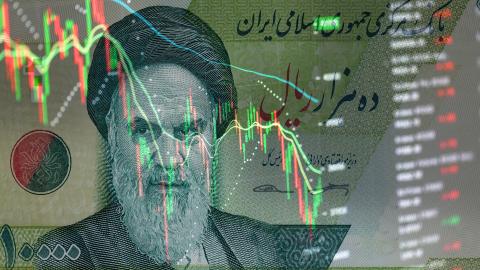Executive Summary
The United States, Australia, and other allies have spent decades downplaying the prospect of conflict with the People’s Republic of China (PRC), offering Beijing incentives and concessions to assuage its ambitions, and managing their differences with China by seeking to deescalate tensions when they arose. In more recent times, when there is an emerging consensus that the decades-long approach to China has failed, policymakers have elevated deterrence as the urgent priority.
This report makes the following key points. First, the case for urgency in the context of deterring Chinese force against Taiwan is clear.
Second, deterrence of China is necessarily a dynamic and constant activity rather than a static one. Proponents of the latter approach have largely based it on deterrence by denial, which seeks to convince China that it cannot achieve its military objectives by force. In contrast, a dynamic deterrence approach seeks to arrest and turn back China’s creeping assertiveness and coercion. Rather than metaphorically gathering the sum of one’s forces at the gates of the castle to persuade the adversary that the final battle is unwinnable, it is better to condition China to recalculate the strategic usefulness of its constant coercion and aggressive probing.
Third, if China keeps prevailing in the gray zone, always controlling the pace and nature of escalation, deterring Beijing from taking the final step over the red line becomes more difficult. Gray zone refers to Chinese moves to achieve its political objectives, including through confrontational or military means, without triggering a military response from its adversary. Just as China seeks to condition the US and its allies to accept and internalize Chinese aggression, they need to condition China to internalize the reality that it will bear increasing costs if it continues its coercion of Taiwan and will suffer unacceptable costs should it cross that red line.
In this sense, the authors believe that treating deterrence as a static rather than as a dynamic or constant activity weakens a deterrence-by-denial approach as the US and its allies lose ground tactically and psychologically. This denial approach also increases the chances that Beijing will conclude that the US and its allies lack the requisite resolve and stomach for a fight should China ever cross the red line of launching a direct military attack against Taiwan.
Fourth, given Xi Jinping’s centralization of power and decision-making when it comes to forming objectives and strategy in the Chinese system, efforts to deter China should focus on ways to specifically deter Xi, that is, to change his personal calculations. He has demonstrated that other leaders can put him under pressure and that he will change direction quickly and decisively when he feels sufficient pressure.
Fifth, the US and its allies need to impose costs on the PRC to change Chinese calculations when it comes to coercion and aggression in the gray zone and, more broadly, to condition Beijing to expect a cost when it engages in coercive or aggressive activities. These costs should be nonmilitary to avoid overly dangerous kinetic escalation.
Sixth, the US and its allies need to get to the point where China, and other regional countries, expect ongoing cost imposition retaliations from them. Just as China benefits from a situation in which other countries have normalized and internalized Chinese coercion and aggression, other countries need to accept US and allied cost imposition retaliation as a fait accompli and part of the strategic and tactical architecture in the region.
Finally, costs should maximize the political pressure on Xi to compel him to reassess and recalculate. Each tit-for-tat cost that the US and its allies impose on China should incrementally increase damage to Xi’s political and economic objectives and plans. At the same time, they should send clear signals to Xi that in the event of an invasion of Taiwan, the US and its allies will consider extreme measures that could lead to immense social and political instability for the Chinese Communist Party (CCP).


















